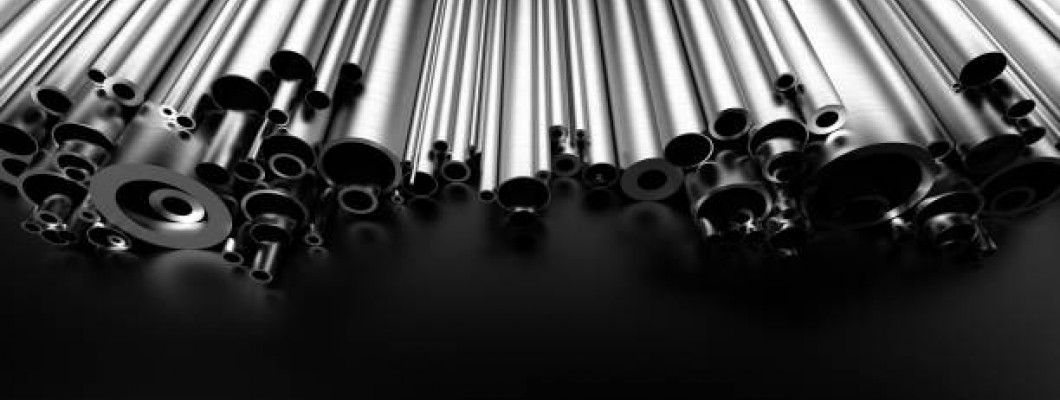
Dear Special Steel Customers,
Steel Market Evaluation Update – January 2023
Happy New Year in a volatile steel industry. What will the steel industry hold for us in 2023? Will it be a good year? How will the ‘pending recession’ affect our market? How can we interpret key indicators to determine what the future holds in our industry? Is it just ‘crystal ball’ stuff? Will prices continue to fall or stabilise, or rise again for that matter? Let us unpack the market indicators and give you our views. Any industry prefers a stable market where prices remain fairly constant. Falling prices can be detrimental to mills, stockholders and distributors; heavy price increases are harmful to end-users as demand diminishes in an already competitive Global market on Engineered components. We are of the opinion that we have reached the bottom of the current downward cycle, but er on the side of caution with steel prices being almost 2 times prices of 24 to 36 months ago. Everyone has been spooked by falling steelmaking raw material cost, higher energy prices, rising inflation, the Russian war in Ukraine. This negative sentiment has led to the steel purchasers hesitant of purchasing too much stock.
With this type of volatility, it becomes difficult to distinguish between reduced demand or a situation where the entire steel supply chain is destocking to mitigate risk. What is clear in the last 6-8 weeks is that raw material costs seem to be increasing slightly due to pressures on reduced mill capacities. This is a sign that there seems to be positive demand in our market place and steel stocks in the market are at the bare minimum. Let’s look at the key indicators for Steel:-
Inflation, Energy Costs, Currency and Quotas/ Safeguards
The cost of everything has risen, which affects the general overheads of every company in every industry, and household. Factory and warehousing costs are also increasing rapidly due to increased rental expectations/ mortgages. The transport costs which are an integral part of our industry have risen significantly. The employment pool also remains constrained, and all employers will be under pressure to deliver salary increase expectations to meet today’s cost of living. As a basket of costs these are substantial and will all have to be funded by higher steel prices throughout the supply chain. Energy costs is everyone’s favourite topic, second only to the Irish weather. These costs are difficult to track as everyone has their own costs across different Countries. What is clear is that generally the trend is in the same direction, and that is upwards. Any support packages for energy in place will be taken away for Spring and Summer, which will translate into higher costs for steel producers. The exchange rate of $ to £ finished last year just over 10% lower, this factor does not have a direct effect on European Imported material- has had a negative sentiment for buyers in our market place.The quarterly allowable quotas and safeguards have also negatively affected prices into our market. The EU allows a certain amount of quotas/allowances for tonnages allowed into Europe from some of the importing countries such as China and Turkey. Once these quotas have been exhausted, a duty is payable on receipt of the material, which adds over 25% to the steel cost. Managing this is difficult as it depends on the time of receipt into port.
Steel Input prices- Iron Ore, Scrap, Coking Coal, Alloy Surcharges
The price of iron ore has increased by $37/ton affecting steel makers with raw material costs from 1 November 2022 to current. The flooding in Australia have resulted in shortages, as they are one of the biggest exporters of iron ore from the Kimberly region. European Scrap prices have increased by €104 per ton from November 2022 to January 2023. (Turkey are by far the largest buyer of scrap metals at +-25 million metric tons in 2021). One of the major contributors to this is the controls over export and movement of Russian material and scrap. By blocking Russian origin steel there is a pressure on supply of scrap worldwide resulting in higher prices. Coking coal has shown huge escalation from November 2022 to January 2023 by $48/ ton. This is based on the largest supply of coking coal source from Australia. When the war in Ukraine started we experienced huge prices escalations in Nickel prices, affecting high alloy steels and stainless steels heavily, and resulting in prices of stainless steel more than doubling in cost in a matter in 6 months in 2022. The nickel prices normalised in the last quarter of 2022, but signs of steady increases in both Molybdenum and Nickel have been noted in the last weeks.
At SSL Ltd, we tend to take a very pragmatic view on this. Our business is about supplying you, our valued customer, with a quality steel product, in time, at a competitive price, and then we get paid for it… simple as that! We can help smooth the price curve for you on your steel products, by stocking the material at an agreed price, and allowing you to draw stocks as and when you need it. We have increased our cutting capabilities, stock ranges and developed our people to give the best service. We are constantly looking for good, reliable and efficient mills to supply us more competitively so that we can make our customers more competitive too.
In conclusion, it would not make a huge amount of sense for prices to sky-rocket coming from a lower demand, but we cannot ignore the facts on the above contributors into the steel-making process. Our opinion is that prices will have to increase as most steelmakers are in a break-even financial situation, so prices will increase in the next few months by €60-€90 per ton.
Best regards,
Ray Kane
Managing Director
